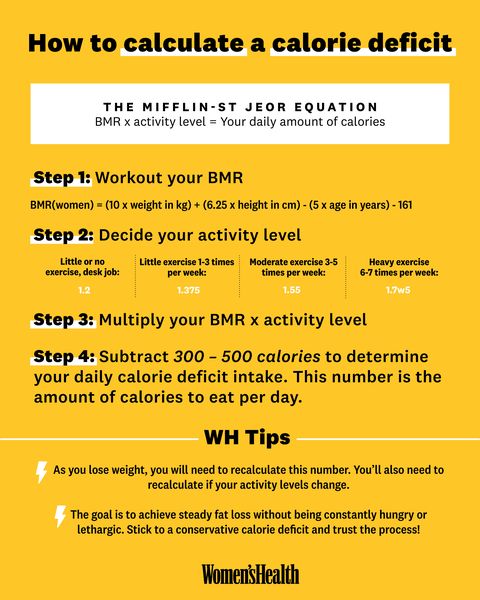
Learn how to lift weights by reading this article. You will learn how to increase your strength and form. Start with lighter weights. After mastering the technique, you will be able to lift more weight. The goal is to have perfect form every time you lift weights. Start with lighter weights if you are a beginner. As your confidence grows, you can gradually increase your reps.
Once you've mastered your technique, it will be easier to gain weight. Begin by using a lighter weight than you would usually use. As you gain strength, your weight can be increased. This will enable you to perform more reps with heavier weights. Track your progress and keep track of what you do in the fitness center. You can log your workouts using a fitness app or your phone.

Choose weights where you are able to do at least 80% with good form. The last 20% should not be easy. Begin with a light weight, and work your way up. You should always take adequate rest breaks. You should do this as a beginner to avoid injury. Make sure you are able complete the reps safely. You'll soon be able to lift heavy weights and build strength by following these tips.
Last but not least, make sure to check with your doctor before you start any new exercise routine. Weightlifting is an excellent way to build strength, regardless of whether you are a beginner or a pro. These tips will help you stay safe and build your muscles. If you're unsure of how to lift weights, we'll give you tips to help you get started and maintain good form. Here's how to lift weights as a beginner.
Before lifting heavy weights, be sure to warm up. Many new weightlifters underestimate the difficulty of lifting heavy weights and end up in serious injury. You should start small and only increase weights when you feel confident in your form. For beginners, you can start with light, moderate, and heavy weights. As you get stronger, increase the weight. Your fitness will improve the more you train.

o Select the appropriate weight for your body. A weight room might seem intimidating to a beginner. Don't worry! These tips will help prevent injuries and build muscle. Selecting the right weight for you is the first step in lifting heavyweights. By doing this, you can improve your posture. You can also learn proper form by lifting heavyweights.
FAQ
How do you measure body fat?
A Body Fat Analyzer will give you the most accurate measurement of body fat. These devices measure the body fat percentage in people who wish to lose weight.
How can I determine what is best for my health?
You must listen to your body. Your body is the best judge of how much exercise, food and rest you should get. To avoid overdoing it, it's important that you pay attention to what your body is telling you. Be aware of your body and do what you can to maintain good health.
What are 5 ways to live a healthy lifestyle?
Living a healthy lifestyle involves eating right and exercising regularly. Avoiding sugar and processed foods is key to eating well. Exercise is good for your body and muscles. Getting enough sleep improves memory and concentration. Stress management can reduce anxiety and depression. Fun is the key to keeping us healthy and happy.
Statistics
- According to the Physical Activity Guidelines for Americans, we should strive for at least 150 minutes of moderate intensity activity each week (54Trusted Source Smoking, harmful use of drugs, and alcohol abuse can all seriously negatively affect your health. (healthline.com)
- Extra virgin olive oil may benefit heart health, as people who consume it have a lower risk for dying from heart attacks and strokes according to some evidence (57Trusted Source (healthline.com)
- According to the 2020 Dietary Guidelines for Americans, a balanced diet high in fruits and vegetables, lean protein, low-fat dairy and whole grains is needed for optimal energy. (mayoclinichealthsystem.org)
- WHO recommends consuming less than 5% of total energy intake for additional health benefits. (who.int)
External Links
How To
What does "vitamin" actually mean?
Vitamins are organic compounds found naturally in food. Vitamins aid us in absorbing nutrients from the food we eat. The body cannot make vitamins; therefore, they must be obtained from food.
There are two types vitamins: water soluble or fat soluble. Water-soluble vitamins dissolve in water easily. You can find vitamin C,B1 or thiamine, B2 or riboflavin and B3 or niacin, B3/niacin, B6/pyridoxine, folic Acid, biotin and pantothenic Acid as examples. The liver and fat soluble vitamins are stored within the liver and in fatty tissue. These include vitamin D, E and K, as well as beta carotene.
Vitamins are classified according their biological activity. There are eight major groups of vitamins:
-
A - vital for healthy growth.
-
C – essential for proper nerve function.
-
D - Vital for healthy bones and teeth
-
E - needed for good vision and reproduction.
-
K - required for healthy muscles and nerves.
-
P - vital for building strong bones andteeth.
-
Q - aids digestion, absorption and absorption iron
-
R is required for the production of red blood cells.
The recommended daily allowance (RDA) of vitamins varies depending on age, gender, and physical condition. The U.S. Food and Drug Administration (FDA) sets the RDA values.
For adults aged 19 and older, the RDA for vitamin B is 400 micrograms daily. Pregnant mothers need 600 micrograms per days because it is vital for the development and growth of their baby. Children ages 1-8 require 900 micrograms per day. Children under 1 year old require 700 micrograms daily, while infants over one year old need 500 micrograms every day. This decreases between 9 and 12 months.
Children aged 1-18 years need 800 micrograms daily, while children overweight require 1000 micrograms per days. Children who are severely obese or underweight will need 1200 micrograms each day.
Children aged 4-8 years old who have been diagnosed as having anemia require 2200 micrograms of vitamin C per day.
Adults over 50 years of age need 2000 micrograms per day for general health. Mothers who are pregnant, nursing, or have a high nutrient need will require 3000 micrograms a day.
Adults over 70 require 1500 micrograms each day, since they lose around 10% of their muscle mass every decade.
Women who are pregnant, nursing or breastfeeding need more than the RDA. Pregnant and breastfeeding women require 4000 micrograms each day during pregnancy and 2500 Micrograms each day after delivery. Breastfeeding mothers require 5000 micrograms daily when breast milk production is occurring.